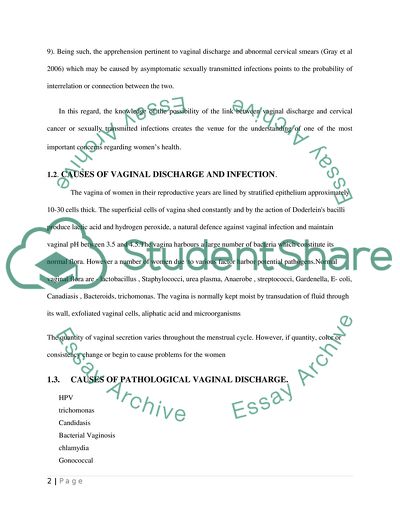Cite this document
(Vaginal Discharge and Abnormal Cervical Smears Term Paper, n.d.)
Vaginal Discharge and Abnormal Cervical Smears Term Paper. Retrieved from https://studentshare.org/health-sciences-medicine/1733097-ethics-proposal-to-study-a-correlation-between-vaginal-discharge-and-abnormal-smears
Vaginal Discharge and Abnormal Cervical Smears Term Paper. Retrieved from https://studentshare.org/health-sciences-medicine/1733097-ethics-proposal-to-study-a-correlation-between-vaginal-discharge-and-abnormal-smears
(Vaginal Discharge and Abnormal Cervical Smears Term Paper)
Vaginal Discharge and Abnormal Cervical Smears Term Paper. https://studentshare.org/health-sciences-medicine/1733097-ethics-proposal-to-study-a-correlation-between-vaginal-discharge-and-abnormal-smears.
Vaginal Discharge and Abnormal Cervical Smears Term Paper. https://studentshare.org/health-sciences-medicine/1733097-ethics-proposal-to-study-a-correlation-between-vaginal-discharge-and-abnormal-smears.
“Vaginal Discharge and Abnormal Cervical Smears Term Paper”, n.d. https://studentshare.org/health-sciences-medicine/1733097-ethics-proposal-to-study-a-correlation-between-vaginal-discharge-and-abnormal-smears.


